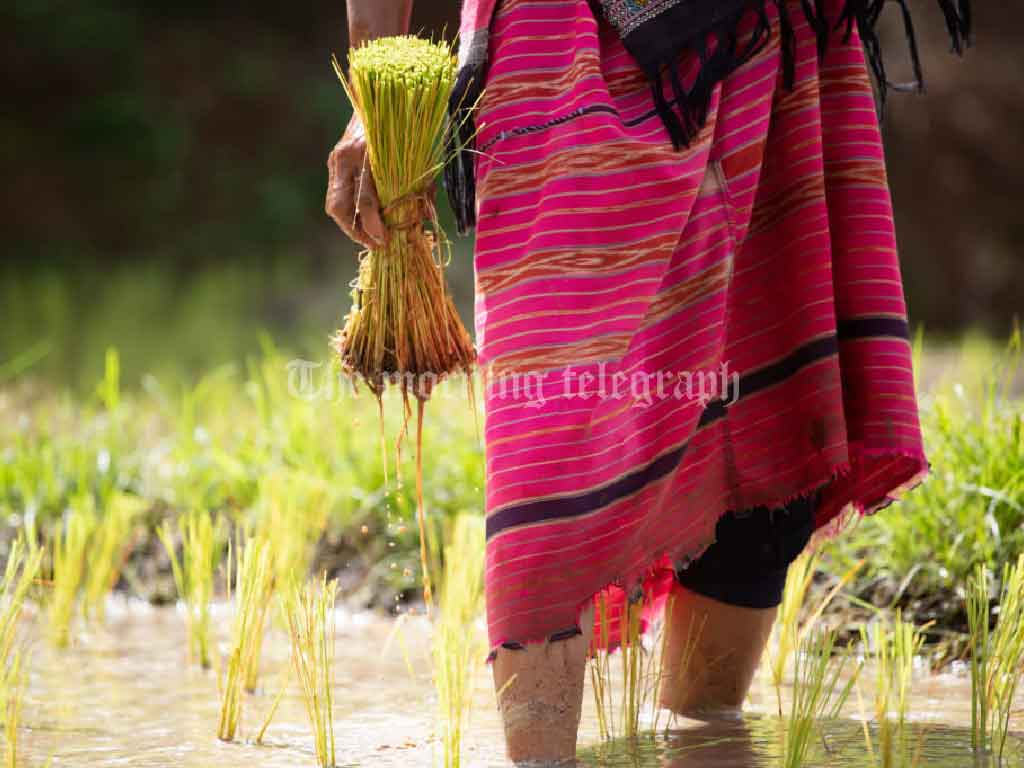
The government is grappling with a major challenge in determining a guaranteed price for paddy during the ongoing Maha season harvest, as escalating production costs threaten to push rice prices to unprecedented levels.
According to internal sources, farmers have reported a production cost of 110 to 115 rupees per kilo for paddy. However, setting a guaranteed price based on these figures has proven difficult. Under the government’s pricing formula, the guaranteed price for paddy is calculated by adding the production cost and one-third of that cost. If the reported production cost is accepted, the guaranteed price could rise to approximately 150 rupees per kilo.
This potential increase in the guaranteed price has sparked concerns over its ripple effects on rice prices. Experts predict that purchasing paddy at such a high price could cause the retail price of rice to exceed 290 rupees per kilo, creating significant economic strain for consumers. Such an increase could lead to broader inflationary pressures in the economy, particularly in the food sector, which would disproportionately affect low-income households.
Despite the urgency of the Maha season harvest, the government has yet to issue an official gazette for the guaranteed price of paddy, leaving farmers in uncertainty. Farmers’ representatives argue that they need a fair price to cover rising costs of production, including labor, fertilizer, fuel, and water, all of which have been affected by the country’s broader economic challenges. They warn that failure to provide an adequate guaranteed price could discourage future production, exacerbating food security issues.
On the other hand, policymakers are wary of the broader economic implications of setting too high a guaranteed price. The sharp increase in rice prices could fuel public discontent and add to the government’s ongoing economic challenges. Balancing the demands of farmers with the need to maintain affordable food prices for consumers has thus become a highly sensitive issue.
In the absence of a finalized price, the situation remains tense. Farmers are pushing for urgent action to ensure they are compensated fairly, while consumers brace for potential price hikes that could strain household budgets further. The delay in decision-making highlights the complex trade-offs the government faces in addressing the needs of both producers and the wider population.




